Profit Strategies for a Waste Recycling Plant
In the era of heightened environmental awareness, waste recycling plants play a crucial role in sustainable development. These facilities not only help manage the growing volume of municipal solid waste but also contribute to resource conservation and pollution reduction. To ensure their long-term viability, it's essential for recycling plants to implement effective profit strategies that align with economic, social, and environmental objectives.
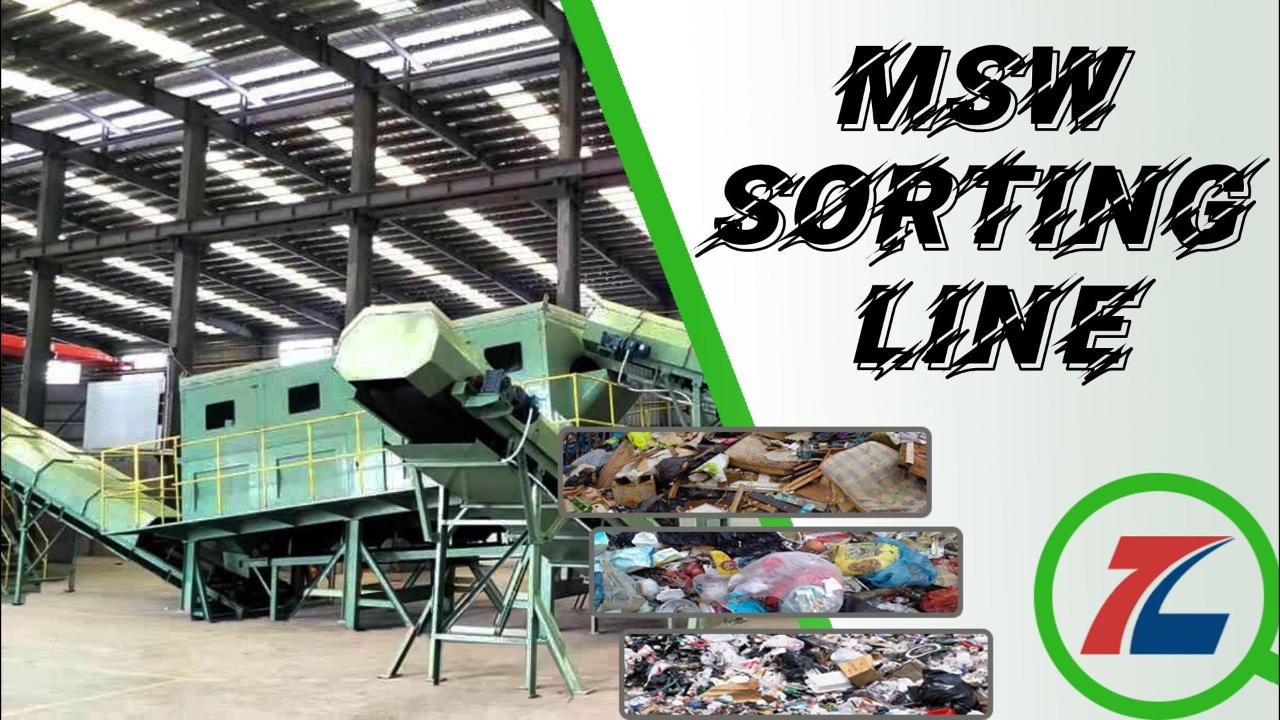
Revenue Streams
1. Sale of Recycled Materials:
The primary revenue source for a recycling plant is the sale of recycled materials such as paper, plastics, metals, and glass. By processing these materials, they can be transformed into raw materials that are sold back into the manufacturing supply chain. Establishing relationships with reliable buyers and securing contracts can provide stable income streams.
2. Charging for Waste Collection and Processing:
Municipalities and private entities often pay fees for the collection and processing of waste. A recycling plant can negotiate favorable terms with local governments or businesses to handle their waste management needs, thereby generating consistent revenue.
3. Government Grants and Incentives:
Many governments offer grants, subsidies, and tax breaks to recycling operations that comply with certain environmental standards. Securing these incentives can significantly reduce operating costs and increase profitability.
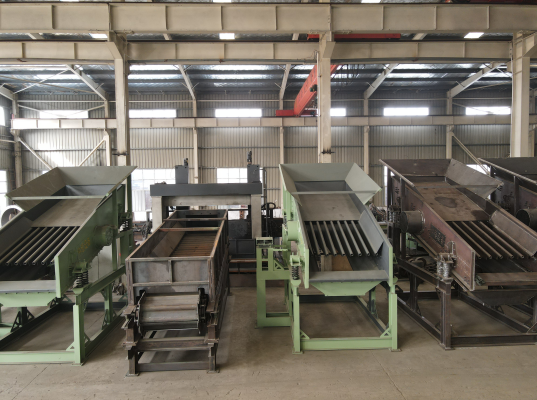
4. Energy Generation from Waste:
Advanced recycling plants may incorporate technologies to convert non-recyclable waste into energy through incineration or anaerobic digestion. Selling this energy back to the grid can create an additional revenue stream.
Cost Management
1. Efficient Operations:
Optimizing the recycling process can lead to lower operational costs. This includes investing in automated sorting technology, reducing labor costs, and minimizing energy consumption.
2. Minimizing Transportation Costs:
Locating the recycling plant near major sources of waste can cut down on transportation expenses. Additionally, using efficient logistics planning can further reduce these costs.
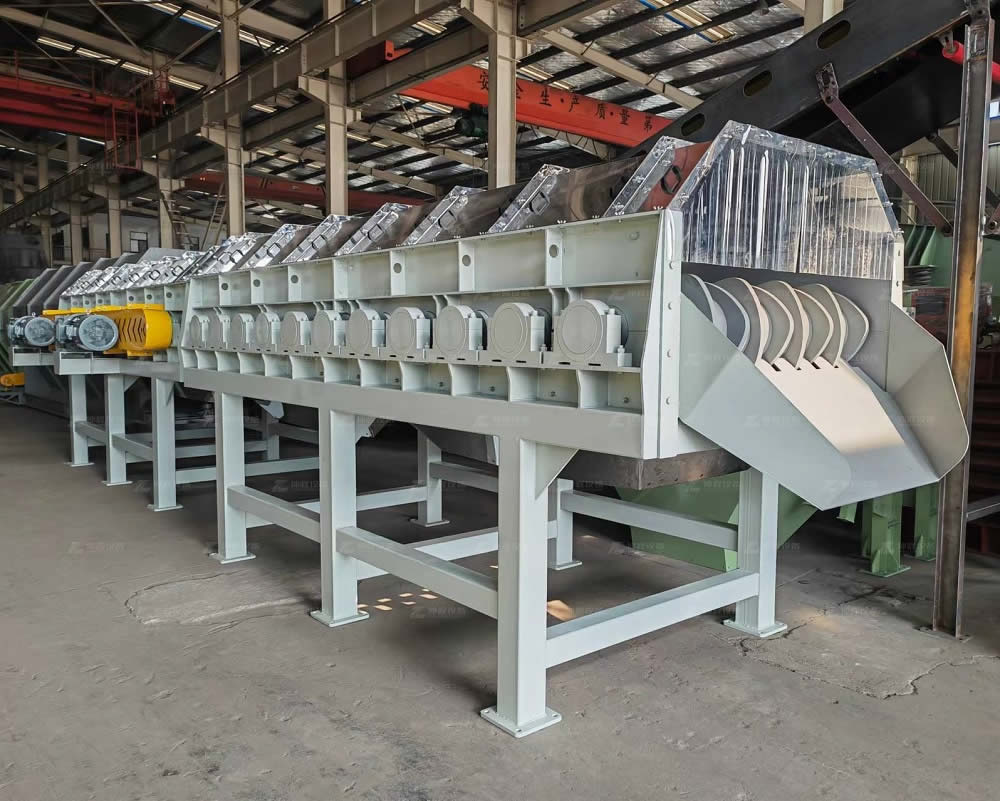
3. Partnerships and Collaborations:
Forming strategic alliances with other businesses, such as waste collectors or manufacturers, can lead to cost-sharing opportunities and economies of scale.
Expanding Services
1. Public Education and Outreach:
Offering educational programs about recycling can increase community participation, leading to higher volumes of recyclables and potentially more revenue.
2. Product Development:
Developing products made from recycled materials can diversify revenue sources. For instance, creating compost from organic waste or producing eco-friendly packaging can tap into new markets.
A well-managed waste recycling plant can achieve profitability while contributing positively to the environment. By focusing on maximizing revenues from multiple streams, managing costs effectively, and expanding services to meet community needs, a recycling plant can become a successful and sustainable business venture. Through innovation and adaptability, recycling operations can continue to thrive in an ever-evolving market landscape.
-
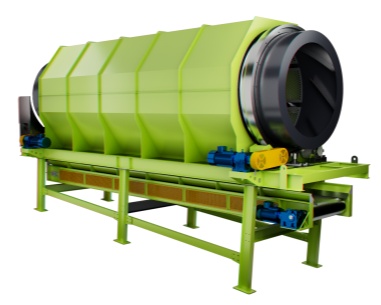 Trommel screenTrommel screen, also known as drum screens, are widely used in various industries for sorting and separating materials.Get Quote
Trommel screenTrommel screen, also known as drum screens, are widely used in various industries for sorting and separating materials.Get Quote -
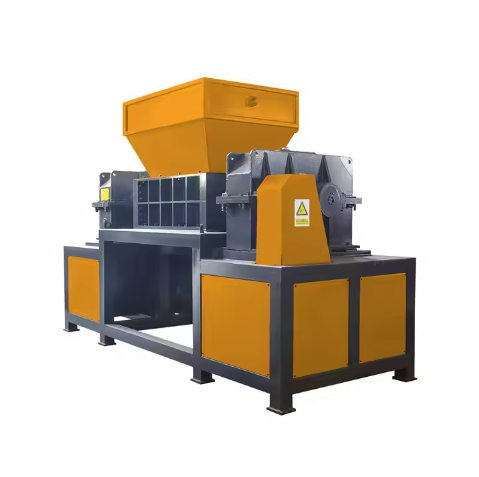 Crop straw double shaft shreddApplications:Biomass Energy Production: Shredded straw can be used as a feedstock for bioenergy plants to produce electricity or heat.Livestock Feed: Reduced-si...Get Quote
Crop straw double shaft shreddApplications:Biomass Energy Production: Shredded straw can be used as a feedstock for bioenergy plants to produce electricity or heat.Livestock Feed: Reduced-si...Get Quote -
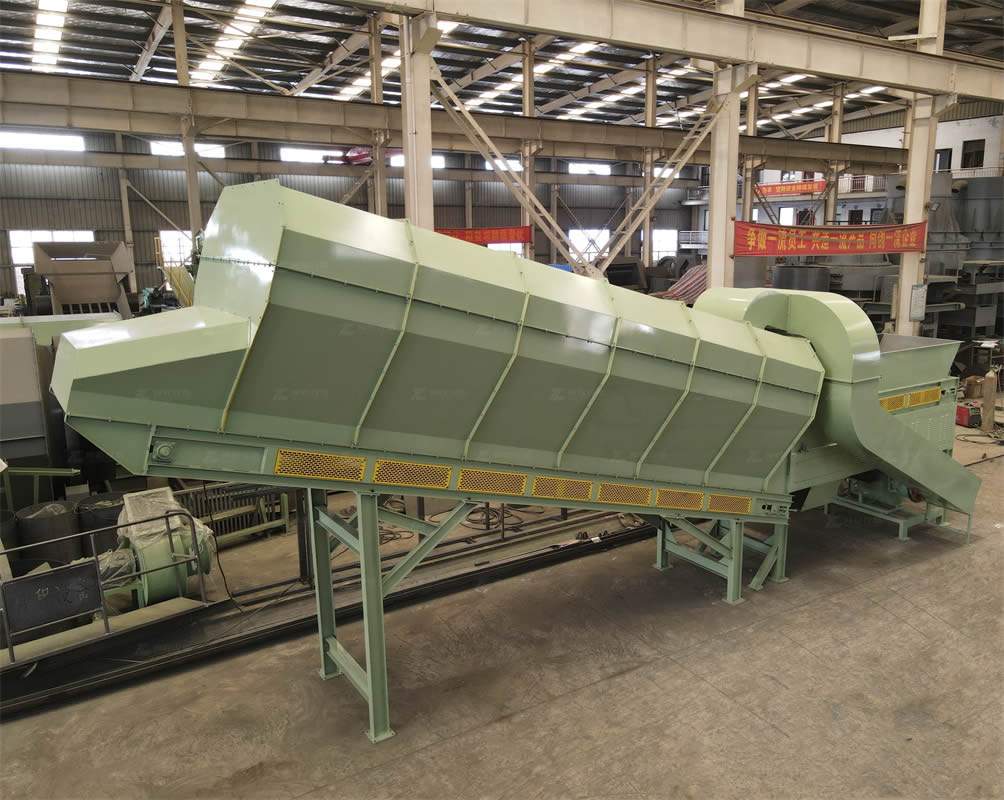 Zhongcheng Air Drum SeparatorAir drum separators effectively separate lightweight materials (e.g., plastics, paper) from heavier materials (e.g., metals, glass). This high efficiency is cru...Get Quote
Zhongcheng Air Drum SeparatorAir drum separators effectively separate lightweight materials (e.g., plastics, paper) from heavier materials (e.g., metals, glass). This high efficiency is cru...Get Quote
-
2024-04-13Wobbler FeederWobbler feeder is a type of feeding equipment that uses rotating elliptical bars, known as wobblers, to separate materials based on size and type before they re...
-
2023-01-12Double-Shaft ShredderThe Double-shaft shredder is a widely used industrial shredder that efficiently processes various mixed waste materials, such as construction waste, industrial ...
-
2024-05-29Landfill stale garbage screening projectAfter communicating with our domestic customers in Shandong Province, we learned that he needed to dispose of the garbage in the landfill through excavation, sc...
-
2023-01-18Metal BalerMetal baler, specifically a hydraulic metal baler, is a machine designed to compress scrap metal into dense, manageable bales. This equipment is widely used in ...
-
2024-06-05Waste Trommel And Copmost TrommelHowever, it's important to choose the right type of drum screen based on your specific needs. Today, Kevin from Zhongcheng Company will explain the differences...



